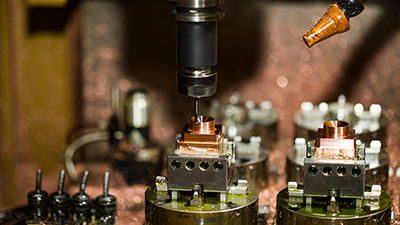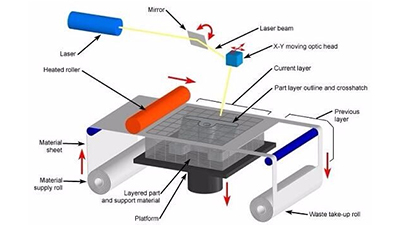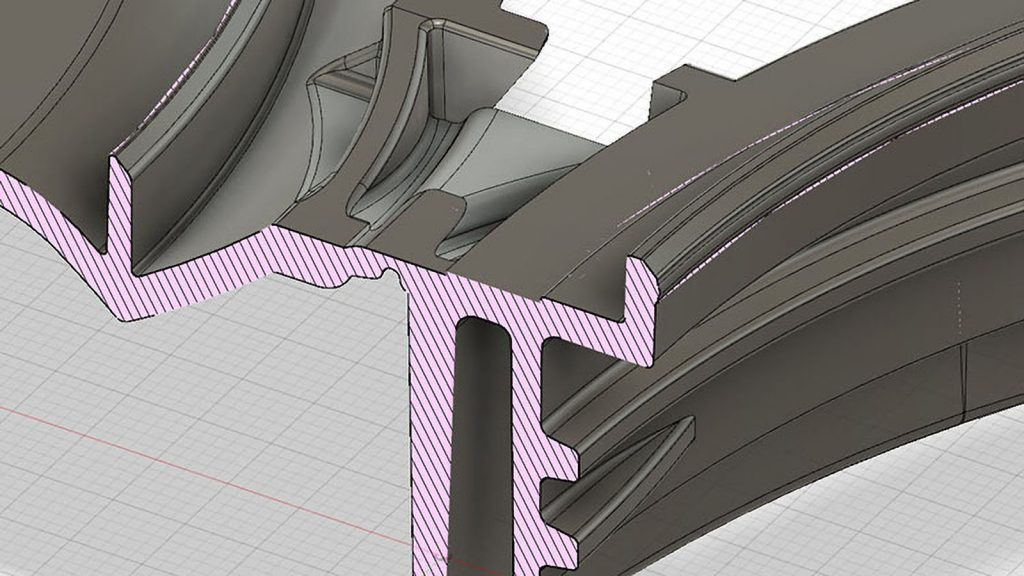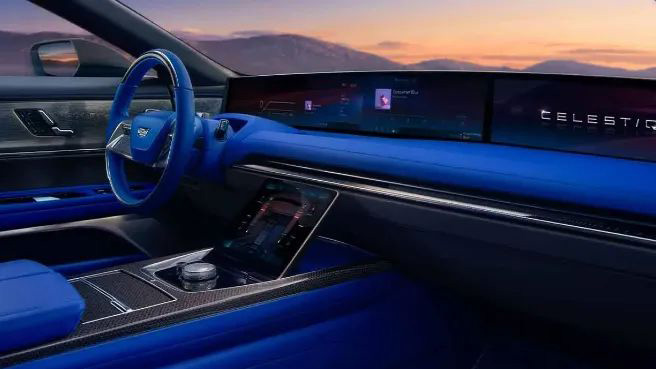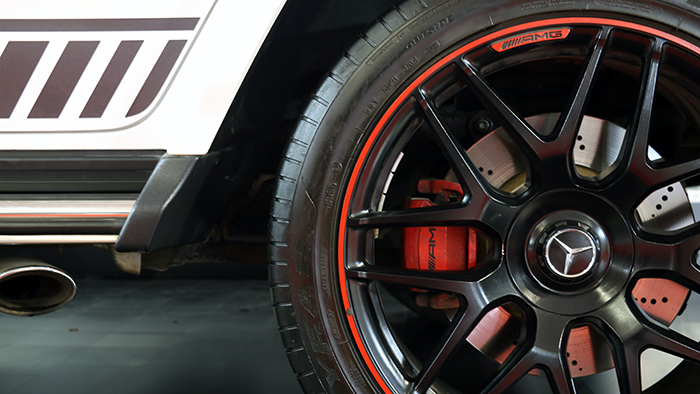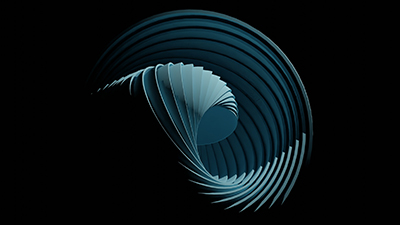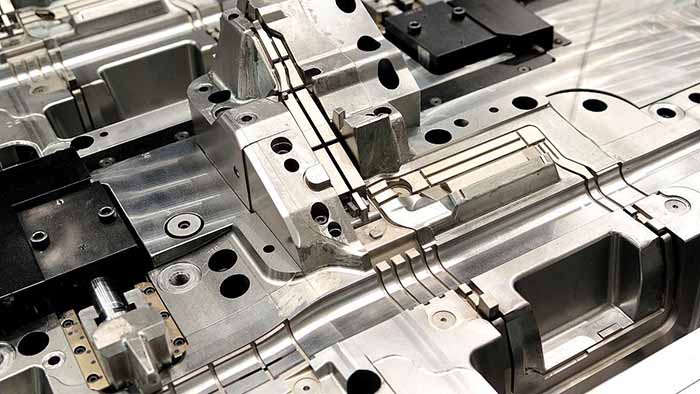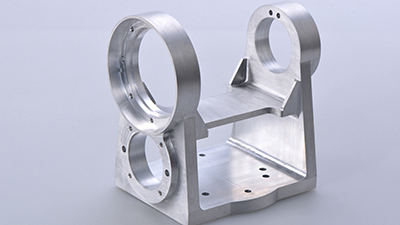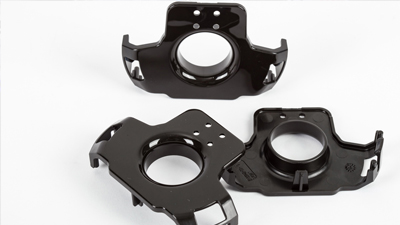The history of automotive injection molding is long and complex. In the early days of automobiles, injection molding was used to make metal parts for automobiles. However, as time went on and cars became more complex, injection molding was also used to make plastic parts for automobiles.
A recent survey of more than 100 automakers and suppliers conducted by the German Association of Automotive Industry (GAA) found that 22 percent of companies want to move their investments abroad, while only 3 percent intend to increase their investments in Germany.
German automakers account for about one-third of EU direct investment in China, a level that is even higher in the first half of 2022, as German automaker BMW increased its stake in its Chinese joint venture from 50 percent to 75 percent and also invested 28 billion yuan in expanding its plants in China.

Other European automakers are also putting more money into new facilities to build electric cars in China. In June of this year, Audi's FAW new energy vehicle project began construction in Changchun, Jilin. This is Audi's first production site for pure electric models in China, with a total investment of 2.6 billion euros and an area of more than 150 hectares. The new plant will be based on the PPE luxury pure electric platform for Chinese customers to tailor a new generation of intelligent electric models.
On September 23, Daimler Trucks announced the opening of its new production base in Huairou, Beijing, in a joint venture with Beijing Foton Motor, according to French media reports. Daimler Trucks and China's Foton Motor have invested about 500 million euros in the new plant, which covers more than 400,000 square meters and will produce diesel-powered heavy-duty trucks and is expected to make its first deliveries to Chinese customers in November this year, according to German newspaper "Handelsblatt".


